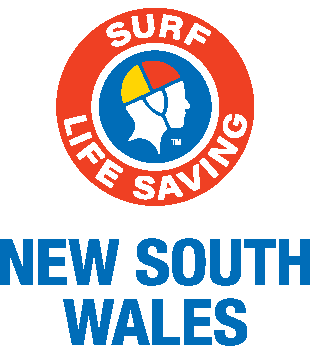Surf Lifesavers celebrated a milestone anniversary of the Inflatable Rescue Boat (IRB) on 2 November 2019, 50 years to the day that the first prototype was trialled at Avalon Beach in Sydney in front of a sceptical crowd of onlookers.
public://video_embed_field_thumbnails/youtube/YC-Q6UnDdWw.jpg
a:1:{s:7:"handler";s:7:"youtube";}
Since it first took to the water in 1969, the Aussie innovation, coined the "rubber duck", has been responsible for saving around 200,000 lives and is in service in at least 50 countries as a surf rescue craft.
Throughout the country there are over 1000 IRBs currently in service with over 7000 active and proficient drivers and over 14,000 trained crew.
Avalon Beach on Sydney’s northern beaches is considered by many as the birthplace of this ocean workhorse. This simple, hardy craft revolutionised surf rescue forever, still saving thousands of lives each year and significantly improving safety for frontline lifesaving volunteers.
Warren Mitchell was the young lifesaver from Avalon Beach who ventured overseas with a bunch of mates who all got jobs as lifeguards in the UK.
After a terrible drowning at Cornwall in the UK where he was on duty, Warren began thinking about how an inflatable boat could work to negotiate the break to reach patients more quickly than the line and reel method, which was possibly responsible for the deaths of more people than were saved.
On his return to Australia, Warren began trialling early versions of the IRB, conducting a test on 2 November 1969 using his brother Don as crash test dummy crewman. Going through the first wave, Don came down hard on the metal fuel tank and ended up with six stitches in his chin.
But traditionalists within the lifesaving movement resisted the change.
"Every time people said to me it wouldn't work, that was the worst thing they could have ever said to me,” said Warren Mitchell.
In December 1969, Warren was on patrol at Avalon Beach when eight people were dragged out to sea in a rip. He used the inflatable boat he was testing to rescue all eight people, making history as the first rescue conducted using an IRB.
Different versions of the boat went on to be tested including Mitchell’s Dunlop inflatable boat and Ken Brown’s French-made Zodiac.
Other surf clubs were experimenting with inflatable craft at the same time and the first IRB was officially approved for use by Australian surf clubs in 1970. Ken Brown went on to win an Australian Design Award in 1987 for the development of the rigid hull version of the boat.
IRB racing evolved into a surf sport from 1976 and continues to be a state and national championship event to this day, honing the skills of surf lifesavers to execute rescues in all sorts of conditions.
One of those people who owe their lives to the IRB and the skill of the volunteer crews is Samantha Morley, who was dragged into a rip with her two young daughters in treacherous surf at Camden Haven on the mid-north coast in 2017.
"We were being dragged further and further from shore. I managed to push my daughters back to my husband but with no energy left I couldn't get myself out," she said. "It was like a washing machine. I had nothing left and was ready to let go,” said Sam Morley.
"When I finally saw that big red boat, it was like the Knights of the Southern Ocean had come out in the boat and I thought, 'Oh, my God, I'm going to survive'.”
At the celebration of 50 years of IRBs at Avalon Beach on 2 November 2019, Warren’s brother Don attended and was proud to witness the unveiling of a plaque, commemorating the early days and the perseverance of his brother Warren in introducing the trusty craft to service all those years ago.
“Warren was very influential in getting IRBs into Surf Life Saving,” he said. “He was renowned for what he did, and I can only thank him as a brother.”
Surf Life Saving NSW Powercraft Advisor Henry Scruton has been involved in IRB operations for many years and can’t help but marvel at its longevity and continued contribution.
“The little red boat hasn’t changed that much at all. The IRB has remained pretty much the same - same outboards, same pontoon configuration, it’s just a success. It’s saved many, many lives and created great opportunities for a lot of our youth to be involved in competition, enhancing their skills and making them better operators. And they’ve passed that onto other members and it’s had a big impact on surf life saving,” said Henry Scruton.
The unveiling of the plaque by Northern Beaches Council Mayor Michael Regan was a proud moment for many in the crowd and followed a demonstration of the manoeuvrability and prowess of the IRB, staged by crews from Avalon Beach and nearby clubs Queenscliff and Mona Vale.
“It’s one of those very unique Australian things and we are very proud to be part of it,” said Mayor Michael Regan.
President of Surf Life Saving NSW, George Shales, paid tribute to the craft and crews who have saved so many lives over the last 50 years.
“There would be many families who would give their life savings for the chance to meet and recognise the individuals who have used the IRB to save lives of loved ones over the years,” said George Shales.
And for Warren Mitchell, the legacy of the little red boat lives on.
"Every time somebody puts their hand out in an IRB to rescue someone, it feels like my hand and the hands of all the other crews. It's our hands saving lives."
Tuesday 5 November 2019
public://video_embed_field_thumbnails/youtube/8zVPjHEYpcg.jpg
a:1:{s:7:"handler";s:7:"youtube";}



